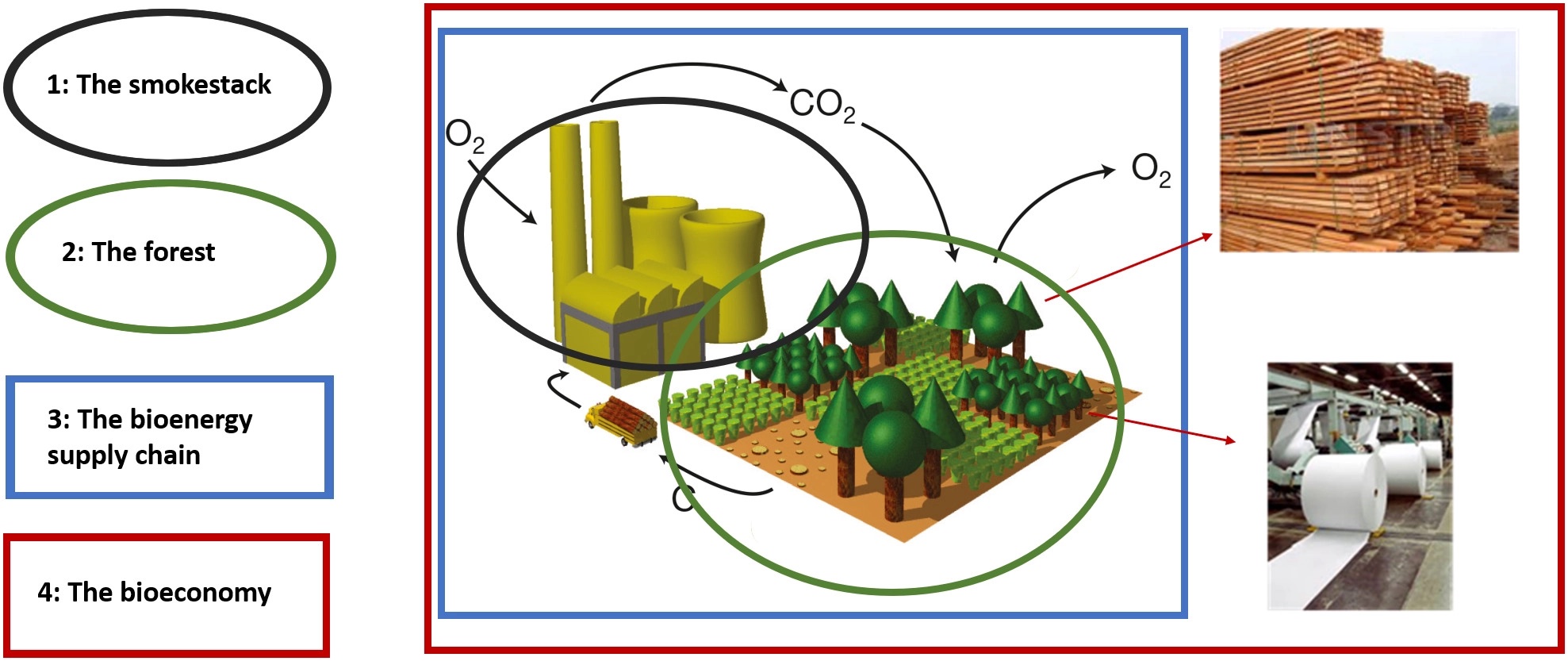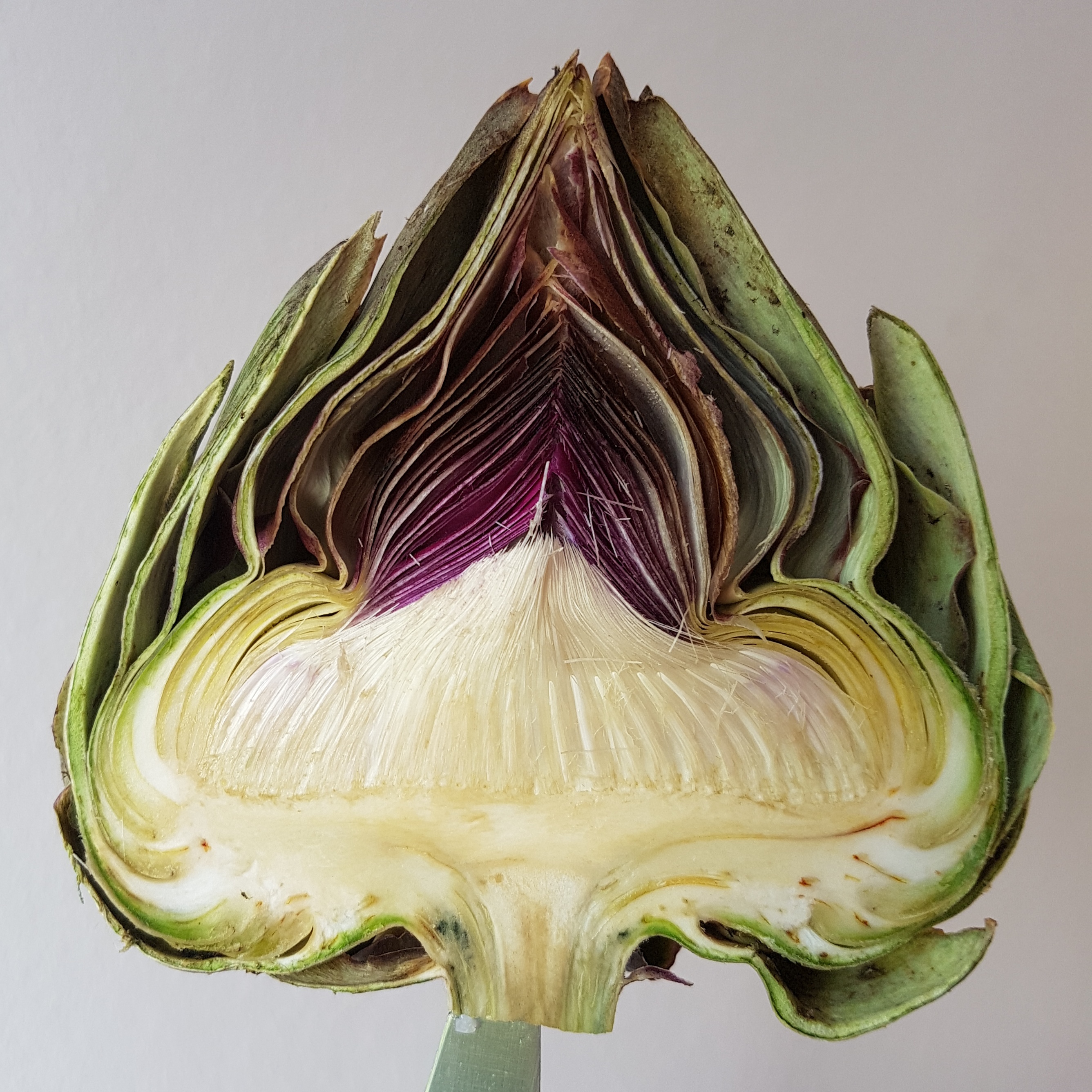|
Cynara Cardunculus Var
''Cynara'' is a genus of thistle-like perennial plants in the family Asteraceae. They are native to the Mediterranean region, the Middle East, northwestern Africa, and the Canary Islands. The genus name comes from the Greek ''kynara'', which means "artichoke".''Cynara''. Flora of North America. Among the better known species in this genus include: * '''' is the cardoon, artichoke thistle, or wild artichoke. The stems of cultivated varieties are used as food around the Mediterranean. It is also the source of a coagulant used as an alternative to in the man ... [...More Info...] [...Related Items...] OR: [Wikipedia] [Google] [Baidu] |
Cynara Cardunculus
The cardoon (''Cynara cardunculus'' ), also called the artichoke thistle, is a thistle in the family Asteraceae. It is a naturally occurring species that also has many cultivar, cultivated forms, including the artichoke, globe artichoke. It is native plant, native to the Mediterranean region, where it was domesticated in ancient times and still occurs as a wild plant. Description The wild cardoon is a stout herbaceous plant, herbaceous perennial plant growing tall, with deeply lobed and heavily spined green to grey-green tomentose (hairy or downy) leaves up to long, with yellow spines up to 3.5 cm long. The flowers are violet-purple, produced in a large, globose, massively spined head (botany), capitulum up to in diameter.Tela Botanica: ''Cynara cardunculus'' L. (in French) [...More Info...] [...Related Items...] OR: [Wikipedia] [Google] [Baidu] |
Invasive Species
An invasive species is an introduced species that harms its new environment. Invasive species adversely affect habitats and bioregions, causing ecological, environmental, and/or economic damage. The term can also be used for native species that become harmful to their native environment after human alterations to its food web. Since the 20th century, invasive species have become serious economic, social, and environmental threats worldwide. Invasion of long-established ecosystems by organisms is a natural phenomenon, but human-facilitated introductions have greatly increased the rate, scale, and geographic range of invasion. For millennia, humans have served as both accidental and deliberate dispersal agents, beginning with their earliest migrations, accelerating in the Age of Discovery, and accelerating again with the spread of international trade. Notable invasive plant species include the kudzu vine, giant hogweed (''Heracleum mantegazzianum''), Japanese knotw ... [...More Info...] [...Related Items...] OR: [Wikipedia] [Google] [Baidu] |
Biomass
Biomass is a term used in several contexts: in the context of ecology it means living organisms, and in the context of bioenergy it means matter from recently living (but now dead) organisms. In the latter context, there are variations in how biomass is defined, e.g., only from plants, from plants and algae, from plants and animals. The vast majority of biomass used for bioenergy does come from plants and fecal matter. Bioenergy is a type of renewable energy that the bioenergy industry claims has the potential to assist with climate change mitigation. Uses in different contexts Ecology * Biomass (ecology), the mass of living biological organisms in a given area or ecosystem at a given time. This can be the biomass of particular species or the biomass of a particular community or habitat. Energy * Biomass (energy), biomass used for energy production or in other words: biological mass used as a renewable energy source (usually produced through agriculture, forestry or ... [...More Info...] [...Related Items...] OR: [Wikipedia] [Google] [Baidu] |
Bioenergy
Bioenergy is a type of renewable energy that is derived from plants and animal waste. The Biomass (energy), biomass that is used as input materials consists of recently living (but now dead) organisms, mainly plants. Thus, Fossil fuel, fossil fuels are not regarded as biomass under this definition. Types of biomass commonly used for bioenergy include wood, food crops such as corn, energy crops and waste from forests, yards, or farms. Bioenergy can help with climate change mitigation but in some cases the required biomass production can increase greenhouse gas emissions or lead to local biodiversity loss. The environmental impacts of biomass production can be problematic, depending on how the biomass is produced and harvested. But it still produces CO2; so long as the energy is derived from breaking chemical bonds. The International Energy Agency, IEA's Net Zero by 2050 scenario calls for traditional bioenergy to be phased out by 2030, with modern bioenergy's share increasing fro ... [...More Info...] [...Related Items...] OR: [Wikipedia] [Google] [Baidu] |
Platyptilia Carduidactyla
''Platyptilia carduidactyla'', the artichoke plume moth, is a moth of the family Pterophoridae described by Riley in 1869. It is found in New Zealand and North America, from Mexico north into the United States. The wingspan is 19–32 mm. Adults are on wing in July in Mexico and from May to September further north. The larvae feed on ''Arctium'', ''Carduus'', ''Cirsium'', ''Cynara'' and ''Silybum'' species. They are a pest of ''Cynara scolymus''. The females lay their eggs on the bottom side of artichoke The artichoke (''Cynara cardunculus'' var. ''scolymus''),Rottenberg, A., and D. Zohary, 1996: "The wild ancestry of the cultivated artichoke." Genet. Res. Crop Evol. 43, 53–58. also known by the other names: French artichoke, globe artichoke, ... plants. The caterpillars can cause considerable damage. External linksUniversity of California - Statewide Integrated Pest Management* carduidactyla Moths of North America Moths described in 1869 {{Pterophoridae- ... [...More Info...] [...Related Items...] OR: [Wikipedia] [Google] [Baidu] |
Lepidoptera
Lepidoptera ( ) or lepidopterans is an order (biology), order of winged insects which includes butterflies and moths. About 180,000 species of the Lepidoptera have been described, representing 10% of the total described species of living organisms, making it the second largest insect order (behind Coleoptera) with 126 family (biology), families and 46 Taxonomic rank, superfamilies, and one of the most widespread and widely recognizable insect orders in the world. Lepidopteran species are characterized by more than three derived features. The most apparent is the presence of scale (anatomy), scales that cover the torso, bodies, large triangular Insect wing, wings, and a proboscis for siphoning nectars. The scales are modified, flattened "hairs", and give butterflies and moths their wide variety of colors and patterns. Almost all species have some form of membranous wings, except for a few that have reduced wings or are wingless. Mating and the laying of eggs is normally performe ... [...More Info...] [...Related Items...] OR: [Wikipedia] [Google] [Baidu] |
Larva
A larva (; : larvae ) is a distinct juvenile form many animals undergo before metamorphosis into their next life stage. Animals with indirect development such as insects, some arachnids, amphibians, or cnidarians typically have a larval phase of their life cycle. A larva's appearance is generally very different from the adult form (''e.g.'' caterpillars and butterflies) including different unique structures and organs that do not occur in the adult form. Their diet may also be considerably different. In the case of smaller primitive arachnids, the larval stage differs by having three instead of four pairs of legs. Larvae are frequently adapted to different environments than adults. For example, some larvae such as tadpoles live almost exclusively in aquatic environments but can live outside water as adult frogs. By living in a distinct environment, larvae may be given shelter from predators and reduce competition for resources with the adult population. Animals in the lar ... [...More Info...] [...Related Items...] OR: [Wikipedia] [Google] [Baidu] |
Crete
Crete ( ; , Modern Greek, Modern: , Ancient Greek, Ancient: ) is the largest and most populous of the Greek islands, the List of islands by area, 88th largest island in the world and the List of islands in the Mediterranean#By area, fifth largest island in the Mediterranean Sea, after Sicily, Sardinia, Cyprus, and Corsica. Crete is located about south of the Peloponnese, and about southwest of Anatolia. Crete has an area of and a coastline of 1,046 km (650 mi). It bounds the southern border of the Aegean Sea, with the Sea of Crete (or North Cretan Sea) to the north and the Libyan Sea (or South Cretan Sea) to the south. Crete covers 260 km from west to east but is narrow from north to south, spanning three longitudes but only half a latitude. Crete and a number of islands and islets that surround it constitute the Region of Crete (), which is the southernmost of the 13 Modern regions of Greece, top-level administrative units of Greece, and the fifth most popu ... [...More Info...] [...Related Items...] OR: [Wikipedia] [Google] [Baidu] |
Cynara Cornigera
''Cynara'' is a genus of thistle-like perennial plants in the family Asteraceae. They are native to the Mediterranean region, the Middle East, northwestern Africa, and the Canary Islands. The genus name comes from the Greek ''kynara'', which means "artichoke".''Cynara''. Flora of North America. Among the better known species in this genus include: * '''' is the cardoon, artichoke thistle, or wild artichoke. The stems of cultivated varieties are used as food around the Mediterranean. It is also the source of a coagulant used as an alternative to in the man ... [...More Info...] [...Related Items...] OR: [Wikipedia] [Google] [Baidu] |
Globe Artichoke
The artichoke (''Cynara cardunculus'' var. ''scolymus''),Rottenberg, A., and D. Zohary, 1996: "The wild ancestry of the cultivated artichoke." Genet. Res. Crop Evol. 43, 53–58. also known by the other names: French artichoke, globe artichoke, and green artichoke in the United States, is a variety of a species of thistle cultivated as food. The edible portion of the plant consists of the flower buds before the flowers come into bloom. The budding artichoke flower-head is a cluster of many budding small flowers (an inflorescence), together with many bracts, on an edible base. Once the buds bloom, the structure changes to a coarse, barely edible form. Another variety of the same species is the cardoon, a perennial plant native to the Mediterranean region. Both wild forms and cultivated varieties (cultivars) exist. Description This vegetable grows to tall, with arching, deeply lobed, silvery, glaucous-green leaves long. The flowers develop in a large head from an edible bud ... [...More Info...] [...Related Items...] OR: [Wikipedia] [Google] [Baidu] |
Cynara Humilis
''Cynara humilis'', called wild thistle, is a species of flowering plant in the artichoke and cardoon genus ''Cynara ''Cynara'' is a genus of thistle-like perennial plants in the family Asteraceae. They are native to the Mediterranean region, the Middle East, northwestern Africa, and the Canary Islands. The genus name comes from the Greek ''kynara'', which ...'' native to the Canary Islands, Morocco, Algeria, Portugal, and Spain. It is used locally as a coagulant in artisanal sheep and goat cheesemaking. References {{Authority control Cardueae Plants described in 1753 ... [...More Info...] [...Related Items...] OR: [Wikipedia] [Google] [Baidu] |





